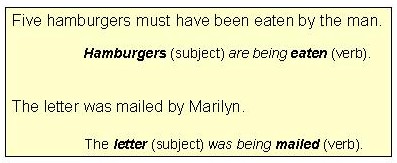Desain Interior merupakan sebuah program studi yang berada pada Fakultas Seni Rupa dan Desain. Seperti halnya pada program studi lain yang terdapat pada FSRD, Desain Interior juga menekankan pada mahasiswa dan calon mahasiswanya untuk dapat berpikir cepat, kritis, akurat dan yang paling utama adalah kreatif. Di Program Studi Desain Interior teman-teman akan belajar tentang hubungan antara manusia dengan ruang yang dihuni atau digunakan.
Sebagai contoh sederhana adalah bagaimana menciptakan ruang yang sesuai dengan sifat pengguna dan jenis kegiatannya, ruang tersebut harus mampu mendukung semua kebutuhan pengguna termasuk meningkatkan mood pengguna. Coba bayangkan bila terdapat suatu ruang kerja untuk seorang dokter gigi di mana seluruh dinding, langit-langit dan lantainya berwarna hitam, dan hanya terdapat satu titik cahaya di dalamnya.


